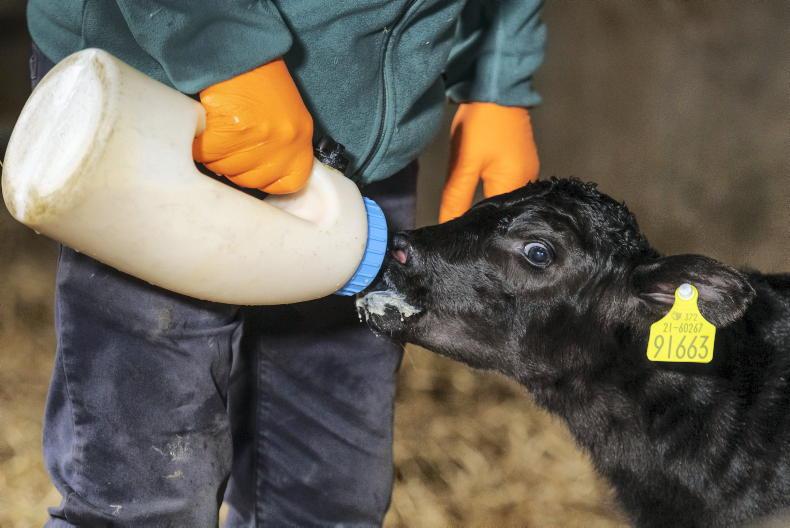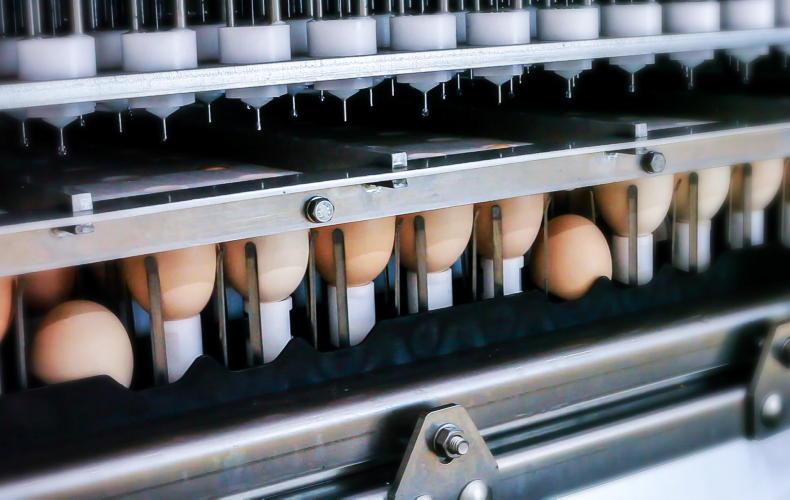Calf scour is a particularly challenging disease to manage, especially in seasonal calving systems.
Calf scour outbreaks have significant adverse effects on the health and welfare of young calves and it also adds a significant volume of extra workload as farmers try to manage and treat affected calves, while also control the spread of the disease.
There are many factors that contribute to calf scour, with both nutritional and infectious causes potentially at play.
Calf scour can be caused by bacteria, viruses and parasites. The leading causes of infectious calf scour in Ireland are rotavirus and cryptosporidiosis. Calf scour caused by cryptosporidiosis can pose a particular challenge on farm.
Cryptosporidiosis is caused by the protozoan parasite Cryptosporidium, the most common species affecting cattle being Cryptosporidium parvum.
The fact that it is caused by a parasite contributes greatly to some of the difficulties in managing the disease. The oocysts or eggs of the parasite that cause infection in the calf are shed in their millions in the faeces of infected animals.
These oocysts can then survive in the environment for long periods and are resistant to many standard forms of disinfection.
As few as 17 oocysts have been shown to cause infection in a calf, making it very difficult once disease is established on farm to reduce exposure and prevent new infections developing.
Mixed infections causing calf scour are also common and this is something to be aware of when managing scour outbreaks. Mixed infections of rotavirus and Cryptosporidium are common and typically lead to more severe disease outcomes.
Calves that develop calf scour are 17 times more likely to also develop pneumonia. Disease in the pre-weaning stage in calves can have a significant impact on the ability of that animal to reach the required targets to ensure profitability and can have long term consequences, particularly in replacement dairy heifers.
Cryptosporidiosis also poses a threat to human health as it is a zoonotic condition, meaning it can be passed from animals to people. Outbreaks of Cryptosporidium in people in Ireland peak in the spring when young lambs and calves are on the ground. People who are immunosuppressed, young children and the elderly are particularly vulnerable to disease.
The management of scour on farm involves a multifactorial approach where infectious pressure is minimised and the calves’ immunity is maximised. Hygiene, colostrum management, nutrition and vaccination all have significant roles to play.
Bovilis Cryptium
Bovilis Cryptium is the world’s first and only vaccine for cryptosporidiosis in calves. MSD Animal Health is delighted to bring this truly innovative product to the market.
Bovilis Cryptium is indicated for the active immunisation of pregnant heifers and cows to raise antibodies in colostrum against gp40 of C. parvum. The dam is vaccinated in the pre-calving period to boost antibodies against gp40 of C. parvum and this immunity is passed to the calf via colostrum and transition milk.
In the first year of vaccinating with Bovilis Cryptium, a primary course of two doses administered subcutaneously four to five weeks apart in the 12- to three-week window prior to calving is required.
Bovilis Cryptium and Bovilis Rotavec Corona can be administered at the same time, at different injection sites. The combined use of these vaccines provides protection to the neonatal calf from the leading causes of calf scour.
Calf scour caused by cryptosporidiosis has long caused significant disease outbreaks and posed a particular challenge for vets and farmers alike. Bovilis Cryptium offers a novel solution to add to the holistic approach required to minimise the impact of scour in young calves.
For more information, click here.










SHARING OPTIONS